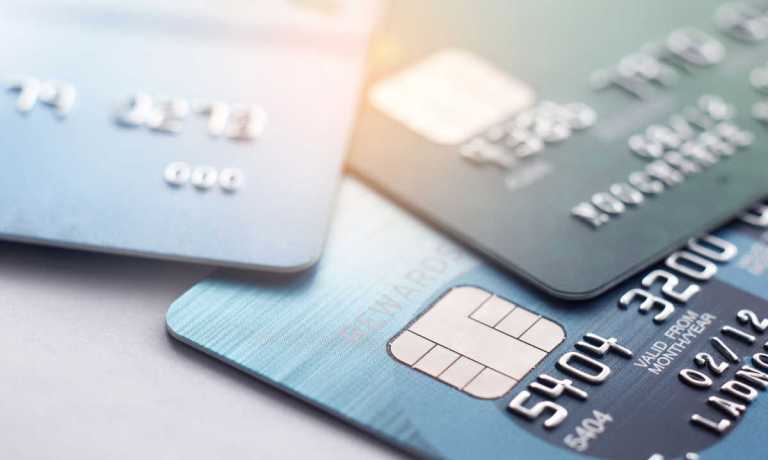
Consumers are moving toward paying down at least some of what they owe on their credit cards.
At least that was the case in April.
The Federal Reserve’s latest report on consumer credit, released Friday (June 7) may give a sign that consumers are pulling back on spending and paying down card debt.
That may signal headwinds for merchants.
The Fed found that total credit was up $6.4 billion, which at first glance indicates a reversal from the aggregate decline of $1.1 billion in March.
But those gains were tied to non-revolving debt, which (pun slightly intended) revolves around debt such as auto loans.
The revolving debt outstanding, which includes credit cards, slipped by an annualized 0.4% pace in April. The pace had been decidedly positive in the first few months of the year, to more than 10%, before tapering off to about 1.5% annualized in March.
The total revolving debt stood at $1.338 trillion in the latest reading, down from $1.339 trillion in March. It’s a slight dip, but a dip nonetheless. And it comes as interest rates on credit card loans were north of 21.5% for the second consecutive month, above the 15% seen in 2019.
The U.S. Department of Commerce estimated that in April, retail sales were unchanged in March, which in turn had been revised downward from 0.7% in the previous reading to 0.6% over February’s levels.
The read-across? Lower retail sales in April and a slightly lower total of outstanding card debt signal that disposable income and/or savings are being used to pay down debt. Consumers have been spending money at the grocery store, and the personal saving rate was lower in April, at 3.6%, down from a recent peak of 4.1%.
Although there may indeed be some spending on credit cards in some categories (and a pullback in others, for a standstill overall), the net paydown impact has been greater than spending.
PYMNTS Intelligence’s “The Paycheck-to-Paycheck Report: Why 60 Percent of Gen Z’s Live Paycheck to Paycheck” found that in an economy where roughly 60% of consumers live paycheck to paycheck, many said paying down debt is among their priorities. Fifteen percent of Generation Z said repaying debt is a priority, a sentiment echoed by 22% of baby boomers, 23% of Generation X consumers, 20% of bridge millennials and millennials, and nearly 19% of zillennials.
The April data indicated that some of these consumers are making the move to turn those aspirations into reality. In doing so, there’s less money to “go around” elsewhere in the economy, and the summer may be a bit pressured at the register and online as consumers examine their financial positions and do a bit of triaging.